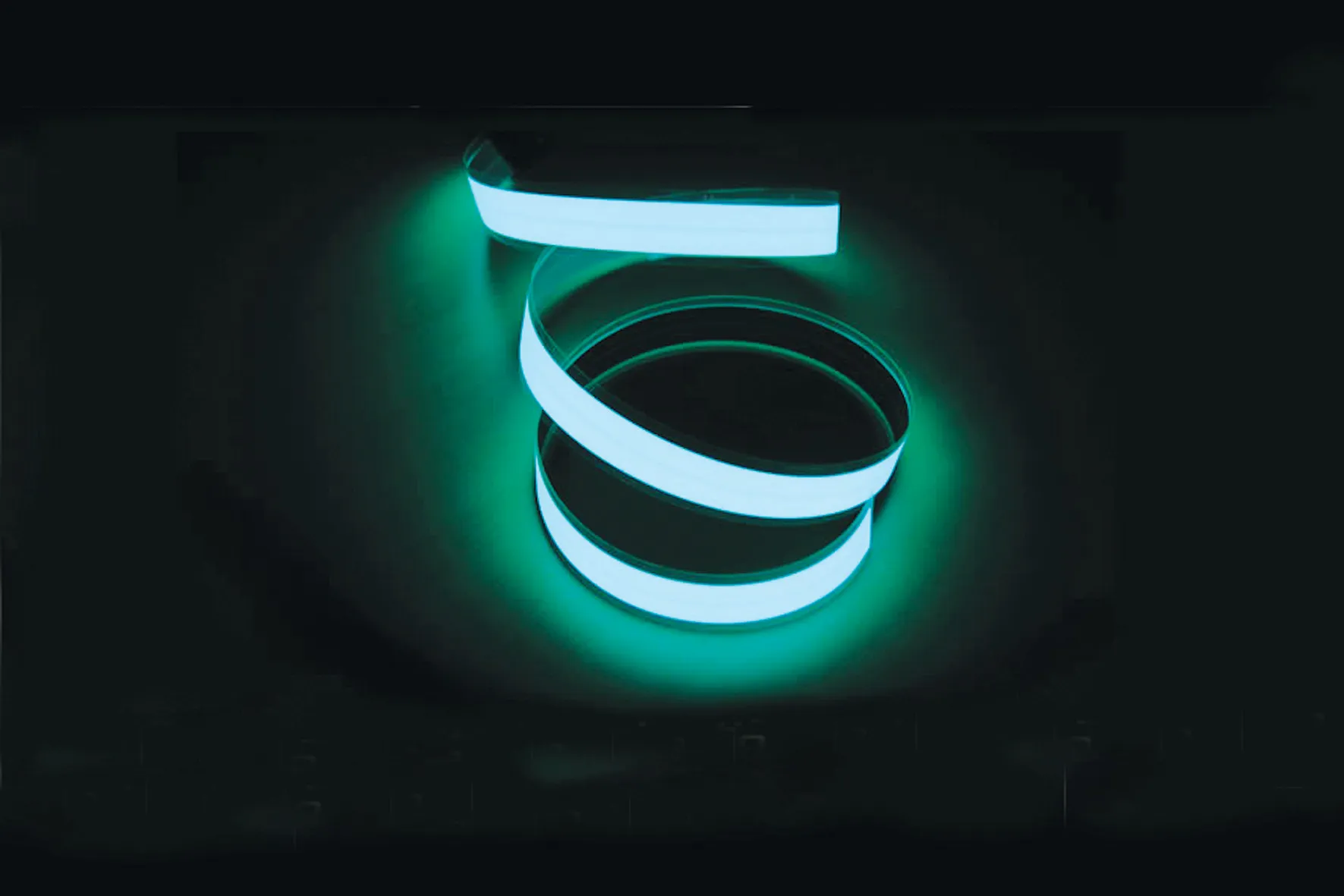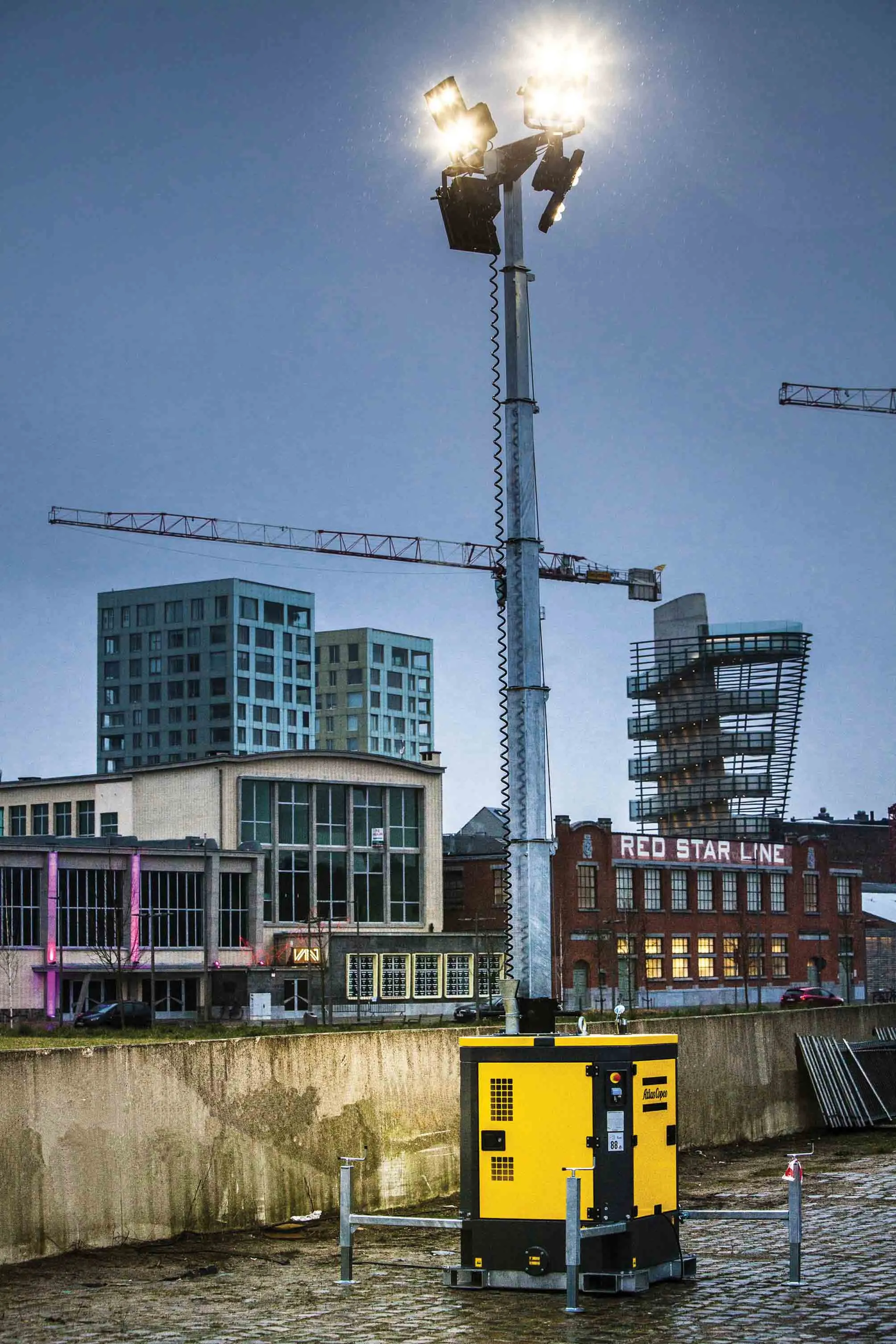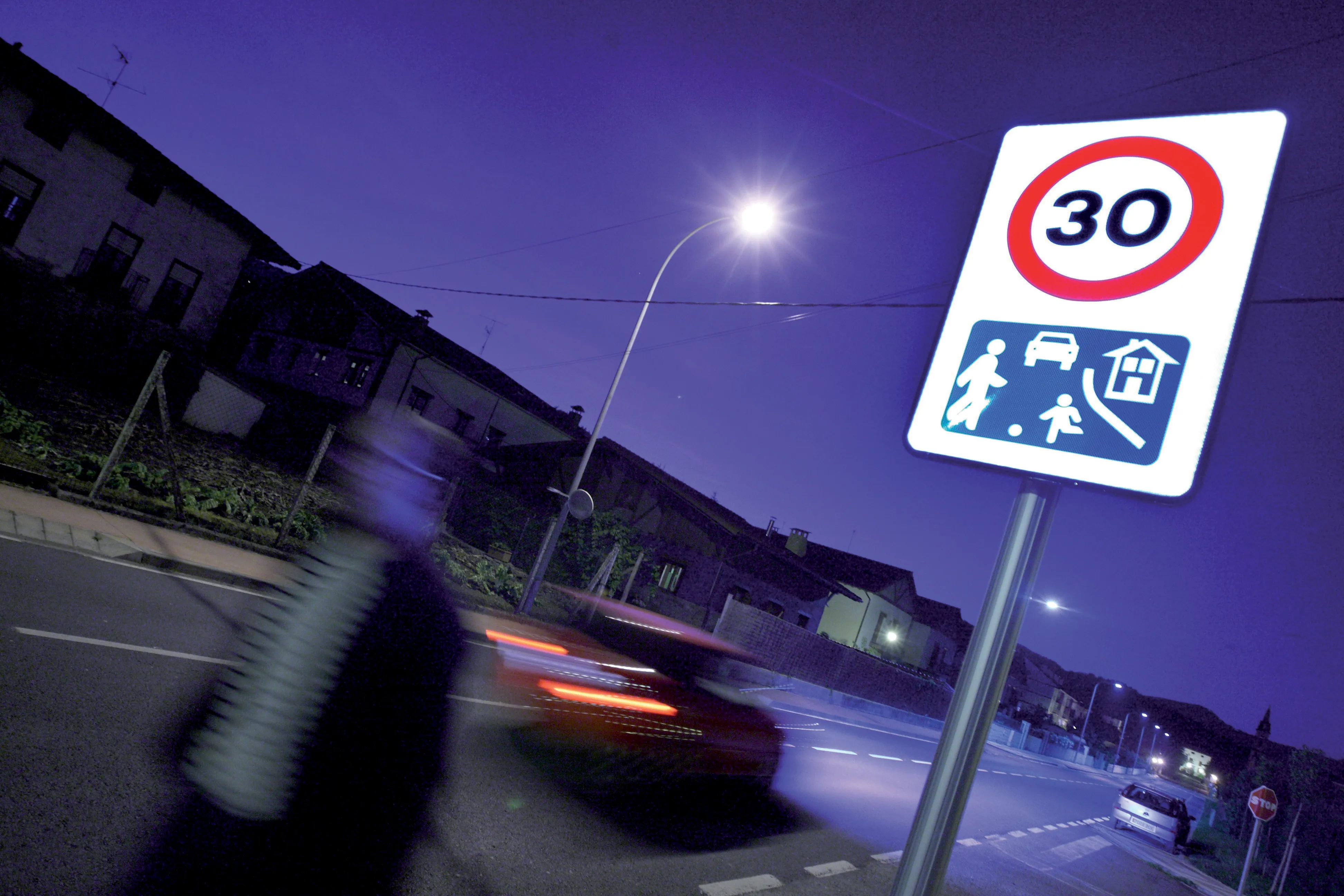An innovative Light Tape product is said to offer a fresh approach to edge lit acrylic signs. These signs have previously been illuminated with bulky fluorescent tubes that limit their application and are expensive to run and maintain. However, the new Light Tape product can produce high visibility.
February 23, 2012
Read time: 2 mins

An innovative 3116 Light Tape product is said to offer a fresh approach to edge lit acrylic signs. These signs have previously been illuminated with bulky fluorescent tubes that limit their application and are expensive to run and maintain. However, the new Light Tape product can produce high visibility. The Light Tape's flexibility and thin profile allows it to be fixed to the edges of an acrylic sign. When in place the tape reflects light onto the acrylic sheet, illuminating any message on the sign. As the tape can be fixed to all sides of the acrylic sheet, light is contained within the sheet and this concentrates the effect on the message. The Light Tape product is not limited to square or oblong panels and can be used to illuminate circles, ovals and complex shapes. Light Tape is made up of metal ribbon coated in Sylvania phosphor and encapsulated in a Honeywell laminate. It has no glass, no gas, and no mercury/heavy metals and is said to be environmentally friendly. Light Tape is said to provide 85-90% energy saving against light sources such as neon and cold cathode bulbs. It uses just 1w/m at 25mm wide. A 100m length of 25mm wide Light Tape only uses the same power as a 100w light bulb. Due to its profile of less than 1mm, the product is said to provide a neat, space-saving alterative that is easy to install with little to no maintenance and has a long working life of up to 40,000 hours.









